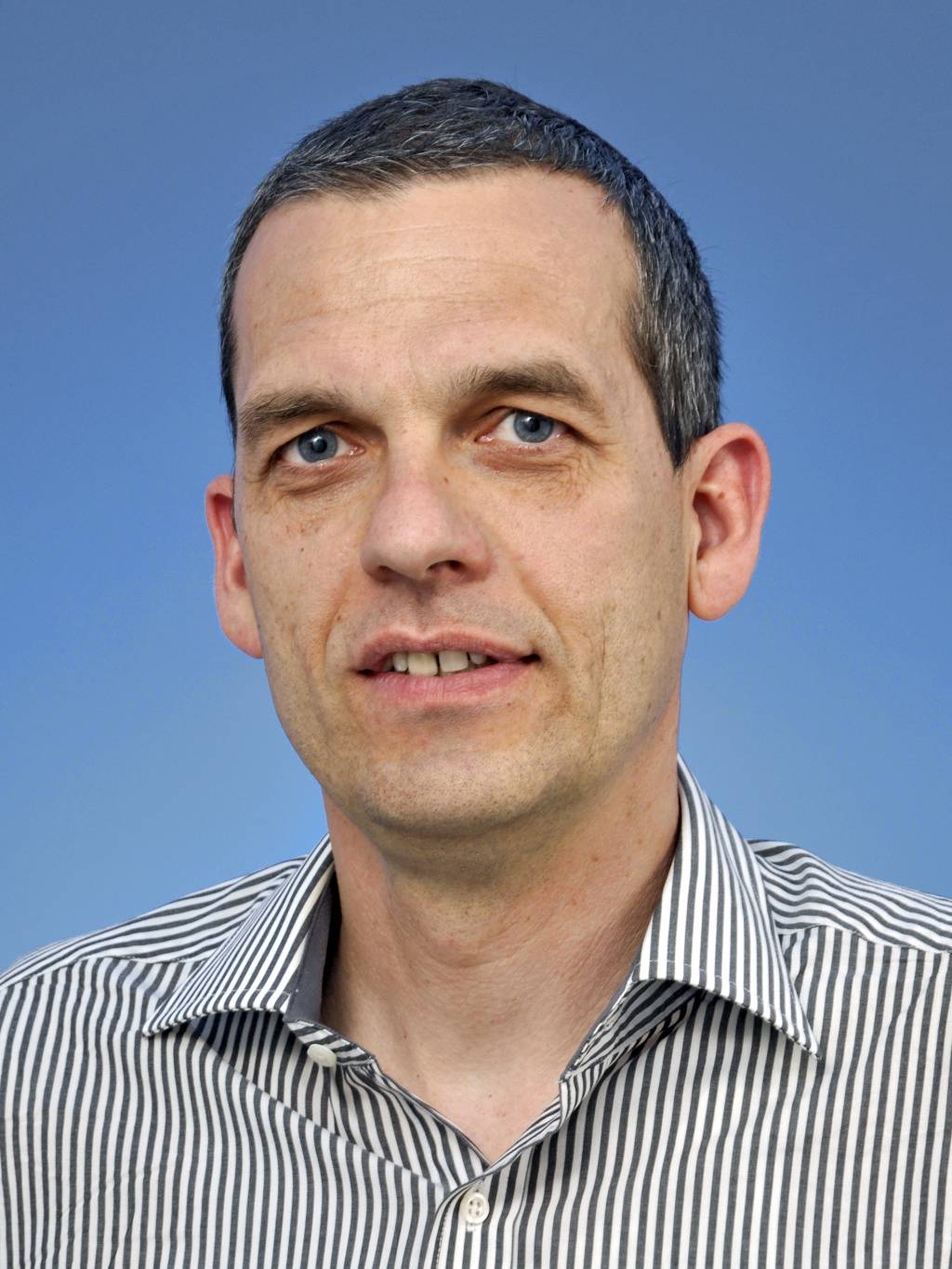Speakers

Peter Loskill
Professor Peter Loskill (Fraunhofer Institute for Interfacial Engineering and Biotechnology / University Tübingen) will give a keynote speech with the topic Integrated Organ-on-a-Chip systems: Advanced microphysiological platorms recapitulating complex human tissue
Integrated Organ-on-a-Chip systems: Microphysiological platforms recapitulating complex human tissue
Peter Loskill1,2,*
1 Fraunhofer Institute for Interfacial Engineering and Biotechnology IGB, Nobelstraße 12, 70569 Stuttgart, Germany;
2 Faculty of Medicine, Eberhard Karls University Tübingen, Silcherstr. 7/1, 72076 Tübingen, Germany
*peter.loskill@uni-tuebingen.de
Drug discovery and development to date has relied on animal models, which are useful, but fail to resemble human physiology. The discovery of human induced pluripotent stem cells (hiPSC) has led to the emergence of a new paradigm of drug screening using human patient- and disease-specific organ/tissue-models. One promising approach to generate these models is by combining the hiPSC technology with microfluidic devices tailored to create microphysiological environments and recapitulate 3D tissue structure and function. Such organ-on-a-chip platforms (OoCs) or microphysiological systems combine human genetic background, in vivo-like tissue structure, physiological functionality, and “vasculature-like” perfusion.
Using microfabrication techniques, we have developed a variety of OoCs that incorporate complex human 3D tissues and keep them viable and functional over multiple weeks, including “Retina-on-a-chip”, “Choroid-on-a-chip”, “Heart-on-a-chip”, “Pancreas-on-a-chip and a “White adipose tissue(WAT)-on-a-chip”. The OoCs generally consist of three functional components: organ-specific tissue chambers mimicking in vivo structure and microenvironment of the respective tissues; “vasculature-like” media channels enabling a precise and computationally predictable delivery of soluble compounds (nutrients, drugs, hormones); “endothelial-like” barriers protecting the tissues from shear forces while allowing diffusive transport. The small scale and accessibility for in situ analysis makes our OoCs amenable for both massive parallelization and integration into a high-content-screening approach.
The adoption of OoCs in industrial and non-specialized laboratories requires enabling technologies that are user-friendly and compatible with automated workflows. We have developed technologies for automated 3D tissue generation as well as for the flexible plug&play connection of individual OoCs into multi-organ-chips. These technologies paired with the versatility of our OoCs pave the way for applications in drug development, personalized medicine, toxicity screening, and mechanistic research.

Michael Schwarzer
Dr Michael Schwarzer (Universitätsklinikum Jena) will give a keynote speech with the title “Intrinsic Exercise Capacity and its Influence on Disease”
Intrinsic exercise capacity and its influence on disease
Four out of five adolescents are insufficiently physically active. This is a problem beyond clothing size and of long-term medical and socioeconomic relevance, because low exercise capacity is a predictor for increased morbidity and mortality. For instance, physical inactivity fosters cardiovascular diseases, cancer and dementia, to mention only a few complications. In the elderly, a poor performance on treadmill or extended walking tests predicts a rapid decline in quality of life, overall health and induces a measurable decrease in life time. Confusingly, although these relations suggest a sound correlation between aerobic exercise capacity and longevity, recent advances draw a more complex picture. The problem is that exercise capacity consists of two major parts. The inherited (intrinsic) exercise capacity is influenced by genetic variations and cannot be modified by individual behavior. Conversely, the acquired (extrinsic) exercise capacity is determined by environmental factors as well as behavior. A clear-cut separation between both exercise capacities, inherited and acquired, is complicated by ethical concerns in humans. To overcome this limitation, genetic rat models were generated and bred for high and low intrinsic exercise capacity. The surprising effects of the two exercise capacities on the course of different diseases shed new light on human health and our chances to evade our fate.
